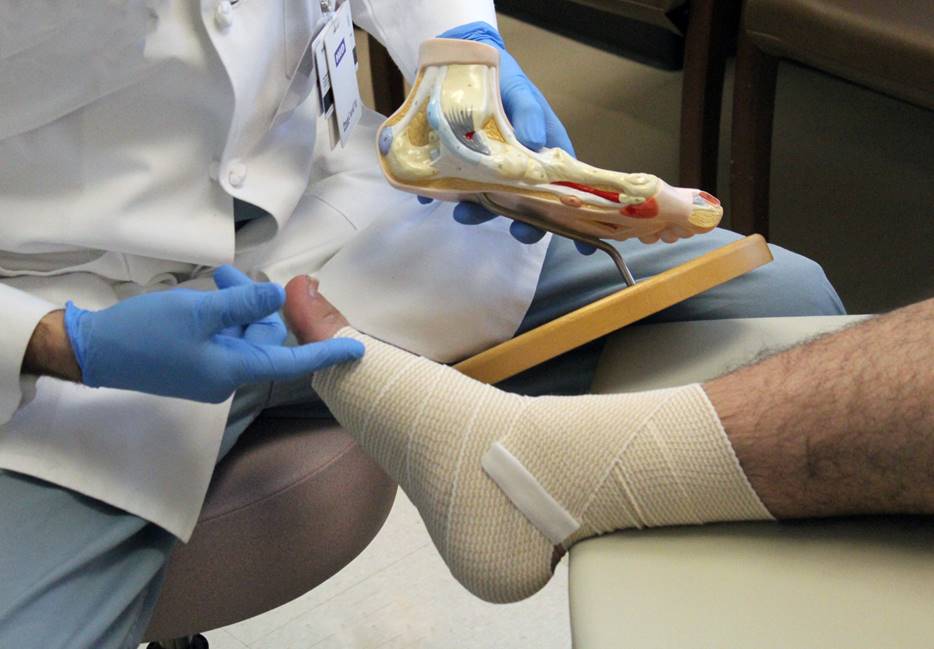Organ donation: saving lives and giving hope

With more than 104,000 people on the transplant waitlist in the United States, the need for organ donors is more urgent than ever.
“Despite the significant number of transplants performed each year, there is still a large gap between the number of people in need and the organs available,” said Dr. Kevin Huang, Baylor Medicine abdominal transplant surgeon. “In fact, while there have been 16,146 donors and 32,433 transplants this year, countless patients are still waiting.”
The need for abdominal organ transplants, particularly for the liver and kidneys, is driven by various health conditions. Liver transplants are often necessary for patients with cirrhosis, liver cancer or acute liver failure, while kidney transplants are most commonly necessary for those with end-stage renal disease caused by diabetes, hypertension or other chronic kidney conditions.
“Kidney and liver diseases are some of the most widespread health issues we face today,” said Huang, assistant professor of surgery in the Division of Abdominal Transplantation at Baylor College of Medicine. “Organ donation provides a second chance at life for patients suffering from these conditions.”
Organ transplantation offers hope amid immense grief. “The field of transplantation is truly remarkable,” he said. “One donor can save five to six lives. New techniques and technologies, such as donation after cardiac death and normothermic perfusion of organs, have also increased the donor pool, allowing us to save even more lives.”
Traditionally, organ donations were primarily from donors who were declared brain dead. However, donation after cardiac death expands the donor pool by allowing individuals whose hearts have stopped beating to donate organs, provided certain conditions are met. This method has become an important source of life-saving organs. Normothermic perfusion is another advancement that allows organs to be maintained in a warm, oxygenated state outside of the body, keeping them viable for longer periods before transplantation.
“These technologies help preserve organ function and increase the number of available organs, giving us more opportunities to save lives,” Huang said.
Dr. Abbas Rana, associate professor of surgery in the Division of Abdominal Transplantation, did a study on the increase in life-years per solid organ transplant and found organ transplants have saved 2.3 million life years, with each solid organ transplant adding an average of 4.3 years to a recipient’s life. These numbers reflect the profound impact that organ donation has, not only for the recipient but for families and communities as well.
How can you help?
There are several ways you can contribute to saving lives through organ donation:
- Sign up to be an organ donor: You can register at org. By signing up as a donor, you can make a difference in the lives of those waiting for transplants.
- Become a living donor: Consider donating a kidney or, in some cases, a portion of your liver.
- Age is not a barrier: There are no age restrictions for donating or receiving organs, making it possible for more people to contribute to the cause.
“Transplantation allows us to transform the grief of losing a loved one into hope and new beginnings for others,” Huang said. “It’s a powerful way to create a lasting legacy.”
By Tiffany Harston, communications associate in the Michael E. DeBakey Department of Surgery



